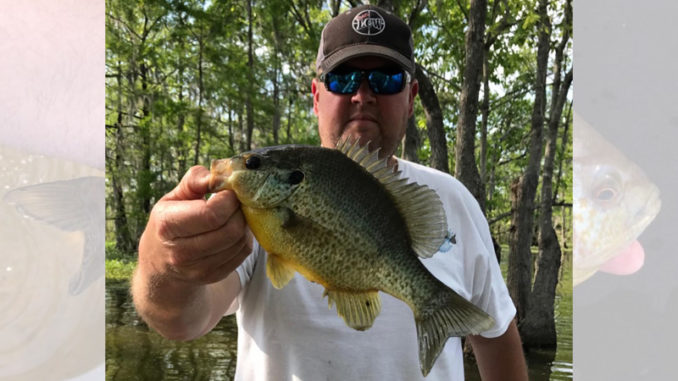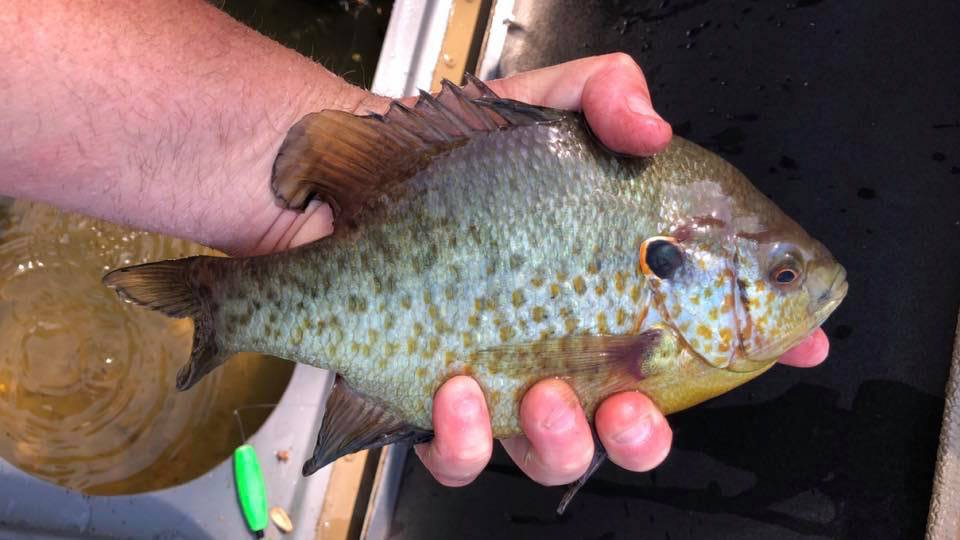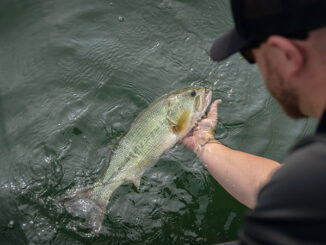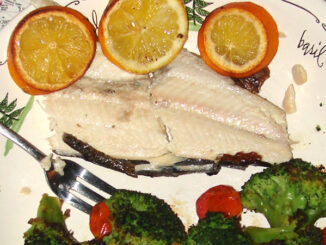
Redear sunfish are bedding, and biting
The shellcracker are in a feeding frenzy at most lakes across the Carolinas. Catching them doesn’t require any special skills. But anglers with a little knowledge can turn a good day of fishing into a phenomenal one.
Stacy Atkinson of Low Country Wildlife TV has been tearing up the shellcrackers in numerous bodies of water, including on a recent trip to Santee. He said the bite is as hot as it gets.
“It’s that time of year for them. They’re spawning and easy to find, and they’re biting aggressively,” he said.
Flooded cypress trees and grass beds are especially heavy with shellcrackers, but Atkinson said the fish are smart about their locations around these structures.
“They won’t be on every tree. If you’ve got a cluster of trees, the fish will be holding tight to the most protected tree. So if you’ve got five or six standing trees, the one in the middle, or whatever is most like the middle, is where you’ll find the majority of fish. The same goes for grass beds. They’ll be under the thickest parts of them. When you look at it, whatever looks like it would offer the most protection — that’s where the fish will be stacked up,” he said.

Give the worm some wiggle room
Atkinson fishes with live red worms under slip corks on 6-pound test line with gold No. 6 hooks. The worm, he said, should be free to wiggle.
“You want to leave a section of the worm where it can freely wiggle. The shellcrackers key in on that movement. And with a slip cork, you can quickly and easily adjust the depth you’re fishing by sliding the knot up or down the line. You don’t have to retie, and the cork slides all the way down to the hook when out of the water. This is important because you’re fishing around tree limbs and it makes casting much easier,” he said.
Anglers fishing tight to the trees or the thickest portions of grass beds are catching the most fish.
Getting hung up is part of the game
“The fish are there and biting. But you’ve got to put the bait where they want it. If you’re in the spot, the cork will barely touch the water before going under. If you’re a foot off, you won’t get a bite. Don’t be afraid to get hung up, because you will get hung up. If you aren’t breaking off some hooks and corks every so often, then you aren’t shellcracker fishing.
“Sometimes you’ll get into an area that has so much fishy-looking cover that they could be anywhere. Polarized shades will help you see the beds, which are anywhere from a foot deep to four feet deep. But another trick is to put the front of your boat into the breeze and just troll slowly while looking for beds. If there’s a cluster of beds upwind of you, you’ll smell it. It’s an unmistakeable, almost watermelon smell. It will lead you right to the beds,” he said.
Atkinson uses Cajun anchors on the front and back of his boat. These are long, thin poles that he pushes down into the bottom like a spear. They hold the boat steady, and allow anglers to pull them up and make slight moves without disturbing the fish.




